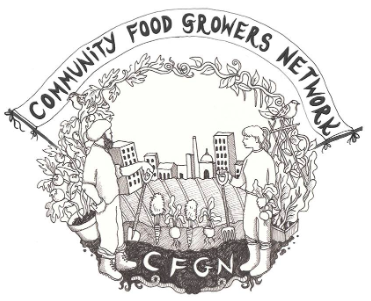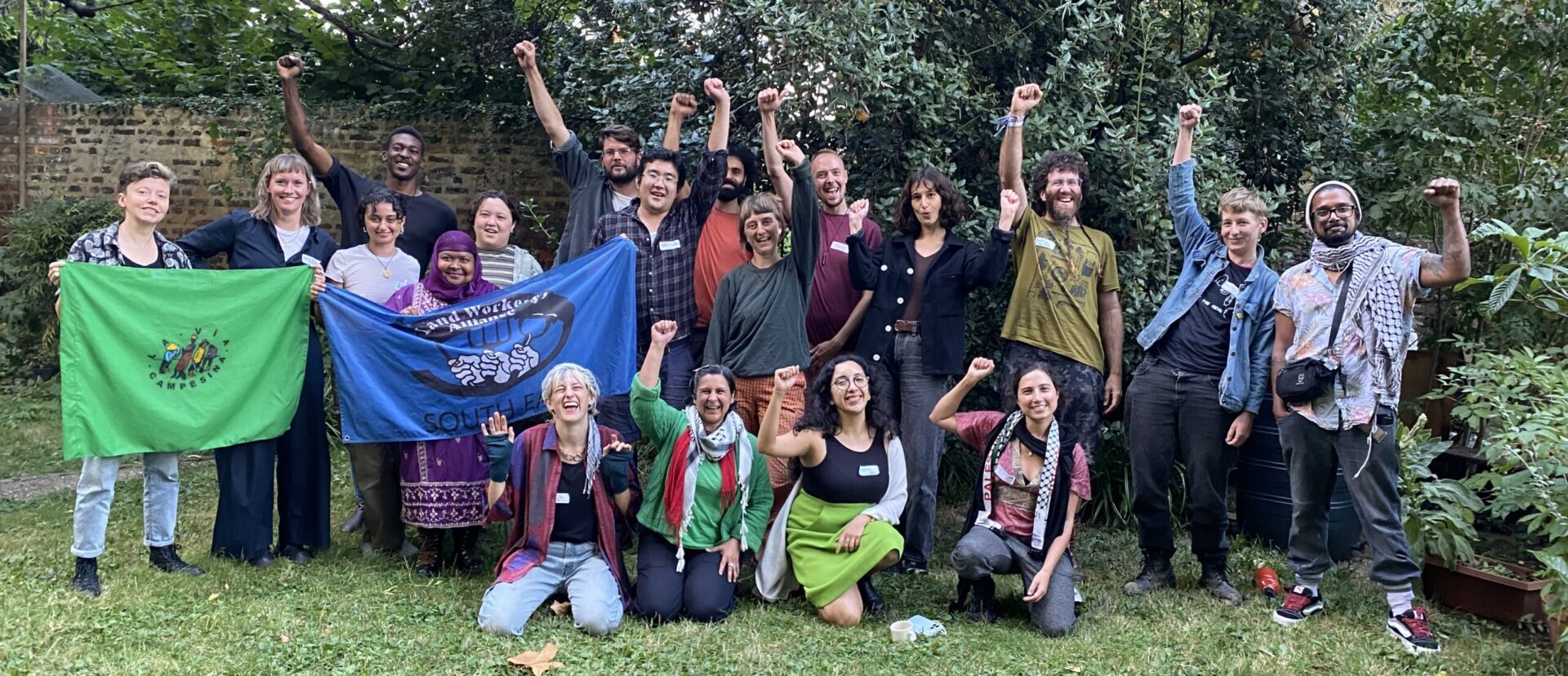Urban Food Production vs. the European CAP
Urban food growing has been on the rise in recent years- promoted by municipalities as they respond for trends and demands in ‘local food’. In the case of London, this is manifested through Capital Growth, a partnership between London Food Link, the Mayor of London, and the Big Lottery’s Local Food Fund. Everybody is on board- but what are the actual prospects for urban food growers considering the wider agrarian landscape?
While of course the overwhelming proportion of food produced in Europe comes from rural farming operations, there are (at least three) salient reasons why it makes sense to continue expanding food production in urban areas.
The first is labour. Urban farms and gardens engage almost exclusively in horticulture, which can take place on small plots of land but tends to be very labour-intensive (see below). At the same time, this can potentially create a significant amount of job opportunities for a breadth of skill levels.
Additionally, apprenticeship and other educational schemes not only provide opportunities for individuals into employment, but are also an important way for urban dwellers to experience firsthand the natural processes involved in the reproduction of human life.
And finally, concerns over ‘food miles’, or the enormous inefficiencies of transporting foodstuffs across large distances from farm to fork, can also be addressed through bringing food production closer to the urban consumer.
However, while it may sound like a ‘catch-all’ solution to historic problems in food production and distribution, there are several factors contributing to the persistently marginal role of urban food production vis-a-vis the wider food system.
The significant differences between the policy environments in which rural vs. urban growers operate begin with the natures of disparate subsidy programmes. Food production in the European Union has been heavily subsidised historically through the CAP, which remains the largest proportion of the EU budget.
The payments which farmers derive from the CAP are constituted of two ‘pillars’. Pillar I, is based on land size, and takes the form of the Single Payment Scheme (SPS). While [diluted] environmental measures have been introduced in Pillar I in the latest reform round, Pillar II is the source of most environmental and rural development payments, which however vary as they are co-financed and co-determined by member states. In the case of England, these are administered by Natural England, a QUANGO in charge of DEFRAs land management and environmental functions.
Due to the small size of urban farms, and the fact that there is often little nature (and rural aesthetic) left to conserve, urban growers benefit from neither of these payments. They are therefore reliant on a variety of other subsidies in order to be ‘viable’, which in turn draws on a significant amount of time and resources drawn away from actual food growing. The urban grower, in addition to growing and marketing, must arguably engage in a variety of other activities: crowdfunding and grant applications, job skills training and education, and whatever other services may be offered ‘on site’ that could attract funding from a wide array of potential (but never secure) sources. This is without even taking into account the problems with accessing land to grow on, including steeply climbing real estate prices (particularly in London’s new ‘housing bubble’).
Additionally, there is the issue of what kind of food production is taking place on the land. The CAP is skewed favourably towards agriculture (that is, arable crops and pasture) due to the fact that it continues to be based on land size. As such, it has historically and continued to be accused of favouring large-scale farming enterprises (that additionally have the inherent advantage of economy of scale and are capital-intensive with access to and dependence on credit , and therefore also ecologically adverse practices such as monocropping. These practices are also very fuel-intensive, and make farmers (and consumers) vulnerable to fuel price hikes. Horticulture conversely requires less land and fuel, but much higher inputs of human labour. Perishability with horticultural crops also means that there is much greater time-sensitivity in marketing (as harvests can’t be stored for long periods of time).
Tthere is some scope within the new CAP for supporting specific commodity sectors (protein crops especially), and the EU also spends close to 1 billion per annum in supporting fruit and vegetable producer organisations in marketing. Ultimately, however, the playing field is highly uneven, marginalising small-scale, labour-intensive forms of food production that arguably carry a wealth of additional benfits.
While it is logical that supporting urban food producers is not in the least a priority for the architects of agricultural policy, I hope that this piece helps make the case that there is a need to ensure that urban growers reach a more favourable ground. This includes enabling access to land for those who wish to cultivate it and acknowledging the profound benefits that can be incurred by bringing food production closer to the people- and bringing the people closer to the processes that sustain us.
For a great source on developments in the CAP, see capreform.eu

